Cats have control over their tails.
The movement and positioning of your cats tail help them stay balanced and can also help communicate how they are feeling and what they are up to.
With that said, there are occasions when your cat’s tail might move involuntarily.
The most common involuntary movements are tail twitches that occur when a cat is sleeping, these twitches shouldn’t happen when your cat is awake and alert.
Contents
How Cats Control Their Tails
A cat’s tail is an extension of their spine, it is made up of 18-23 vertebrae as well as muscles, ligaments and nerves.
This gives them precise control allowing them to move their tail as they want to.
As a cat’s tail has a lot of nerve endings it means a cat can feel their tail and they will react to things touching or brushing against their tails.

Most cats don’t like their tail being touched or tickled and will generally respond negatively to people petting or brushing this area (most cats not all, different cats like and dislike different things).
If a cat’s tail is damaged or injured then they may not have complete control over it.
This can mean the tail is partially or fully paralysed or it twitches involuntarily.
Cats can adjust well to life with a damaged tail, or even to having no tail at all.
Why Do Cats Move Their Tails?
A cat moves its tail for two main reasons; to stay balanced and to communicate.
As a cat is in control of its tail, the way they move their tail can give you a lot of information about their mood.
Using Their Tail To Maintain Balance
A cat will move its tail in order to keep balanced.
Moving their tail helps to distribute their weight efficiently preventing them from slipping or falling, even when moving at fast speeds.
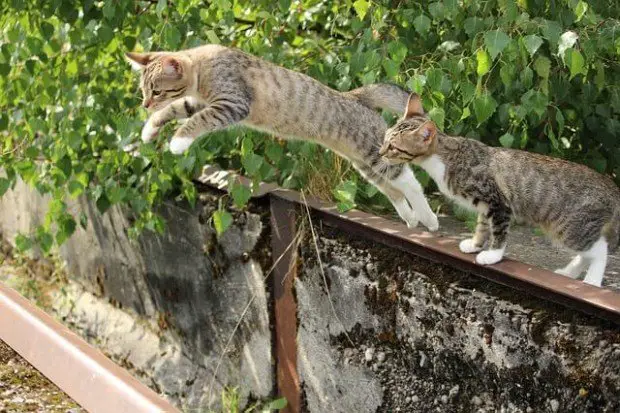
An interesting study looking at the role of the cat’s tail found that when the cats were walking along a narrow beam and the beam was suddenly moved, the cat would rapidly move its tail to keep balanced.
This is why a cat will regularly move its tail when walking along the edge of a worktop or the top of a fence, they are keeping themselves balanced.
Using Their Tail For Communication
As well as purposefully moving their tail to keep balanced, a cat will also move their tail to communicate their feelings.
If you pay attention, you will be able to gauge your cats mood by the positioning of their tail.
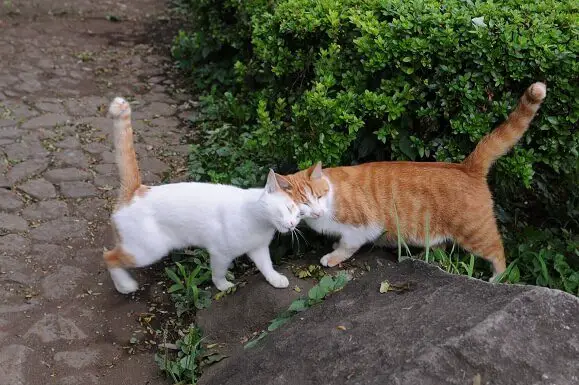
Take note of the situation and general atmosphere too as these environmental clues will be helpful in identifying how your cat is feeling.
Side to Side Movement
Side to side swishing can have a couple of different meanings depending on the situation.
If the tail is moving slowly in exaggerated movements then it’s a sign your cat is playing or hunting and is usually about to pounce.
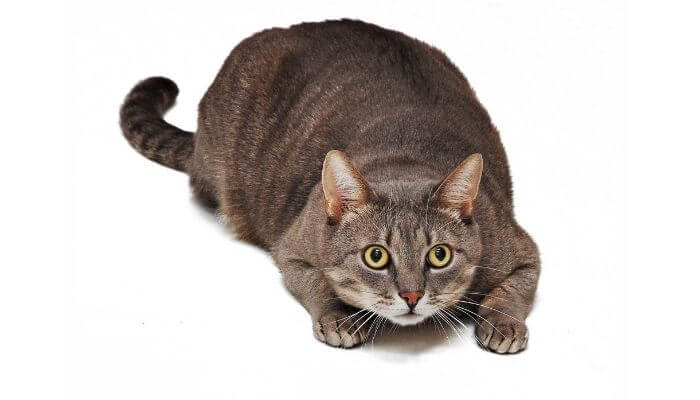
It’s a sign of excitement and if your cat is watching you while moving their tail like this they may be planning to pounce on you so watch out!
You can redirect this behaviour to toys that encourage hunting instincts like toy mice or a feather on a string.
If your cat is moving their tail side to side in a fast (almost twitching) movement then this suggests they are agitated. It can also mean they are overstimulated so watch out for this subtle but telling movement when you are giving your cat attention.
Low and Straight
If your cat is holding their tail low and straight it means they are unhappy with something and usually want to be left alone.
Keep in mind your cat’s breed and how your cat holds their tail in day to day life.
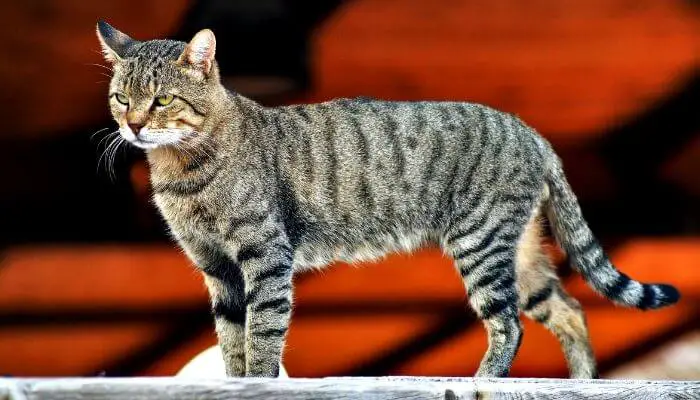
A Persian cat will generally hold their tail low like this regardless of how they are feeling.
With this in mind, this particular tail movement doesn’t suggest discomfort or caution with a Persian cat as it would with other cats.
Low and Between The Legs
If your cat is holding their tail between their legs then this is a sign that they are afraid.
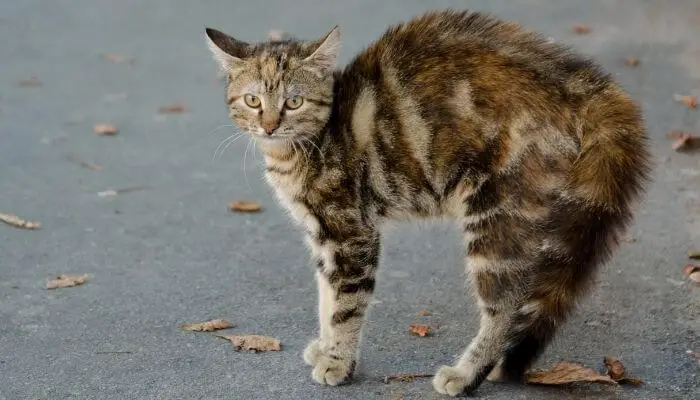
They may be showing a dominant cat that they are submissive.
Straight High Tail
If your cat is holding their tail high and up straight then this is showing they are confident and happy.
If the tail is curving upwards towards you in a question mark or hook shape then they may want some attention, want to play or they could just be letting you know they are glad to see you.

If their tail is up high but the fur is standing on end this means your cat is afraid and they are using their tail as a way to make themselves appear bigger.
In this position, the tail may also quiver. In this case, give your cat space and don’t try to touch or approach them.
Twitching At The End
If the tail is twitching at the end it is a sign your cat is playing, hunting or feeliing slightly irritated.
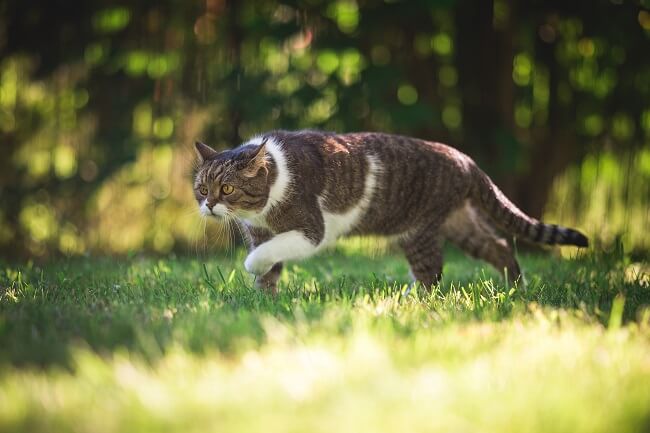
Wrapping Around Your Leg
This is simply a friendly greeting.
A cat will often do this when they rub themselves against your leg to say hello – just be careful to make sure that they don’t trip you up!
It’s kind of like a cat version of a hug.

Wrapping Around Their Own Body
If your cat is sitting or laying down and has their tail wrapped around their body it can be a sign that they are in pain, in a defensive position or they are not feeling well.
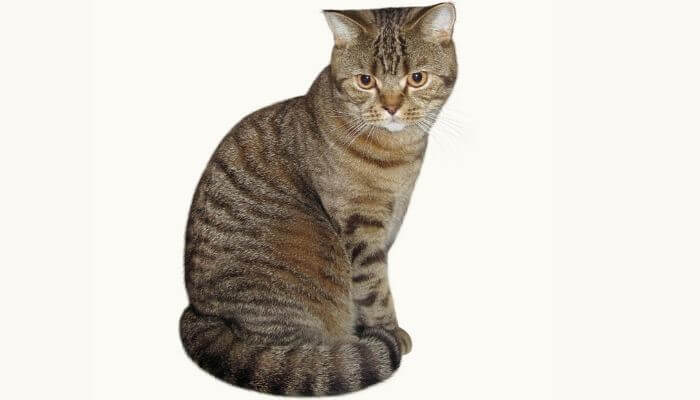
If this is happening for more than a couple of days then a vet check up may be needed to rule out illness.
Held Up and Quivering
If you see your cats tail quiver it means they are making their territory.
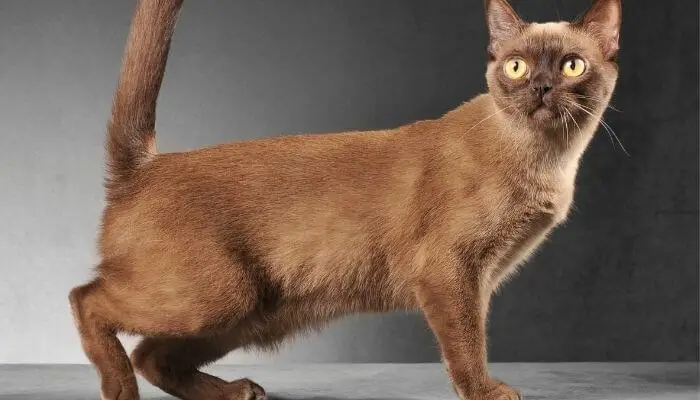
Never ignore your cat’s body language and communication.
If they are upset or agitated, their tail position and body language is their way of warning you and you may get scratched if you don’t give them the space they are asking for.
Situations Where A Cat May Not Have Control Of Their Tail
As mentioned, more often than not cats have control over their tails. However, their tail may spasm or twitch in response to injury, external stimulus (such as a change in temperature) or when your cat is asleep and dreaming.
Feline Hyperesthesia Syndrome can also cause tail twitching, so if your cat’s tail is twitching when they are awake look into this.
Signs Your Cat Doesn’t Have Control Of Their Tail
- Dragging the tail
- Spasms and tail twitches when awake
- The tail is held in an unnatural position
- Incontinence
- Lack of reaction to tail stimulus (e.g. touching the tail)
If you’re watching your cat and you’re worried they don’t have control of their tail (or they don’t seem to have full range of movement) it’s best to take them to the vet for a health check.
There are a number of possible causes of tail injuries and loss of control, many of which are treatable.
Summary
Cats do control their tails and the position of their tail can tell you a lot about how they are feeling.
Cats can move their tails incredibly fast, particularly when they are keeping themselves balanced.
There are times when a cats tail may twitch involuntarily but this is not common when they are awake and alert.
If a cat is not controlling its tail it is important to take them to the vet because they might be injured, sick or have nerve damage.
As an Amazon Associate I may earn a small fee from qualifying purchases at no extra cost to you. This helps us run the site, so thanks for your support!

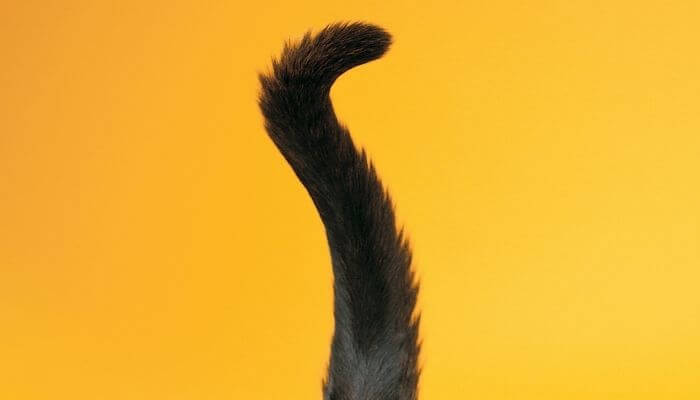
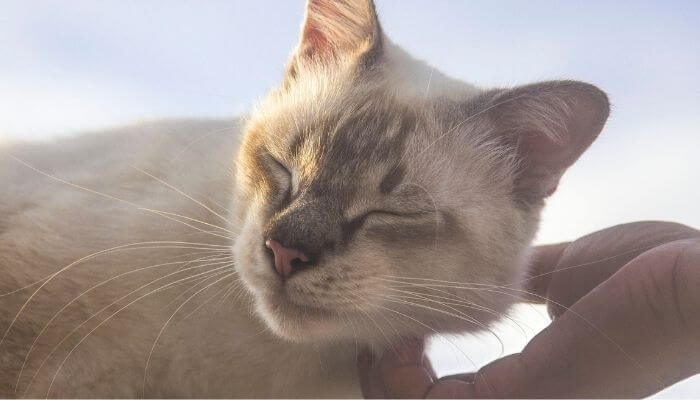


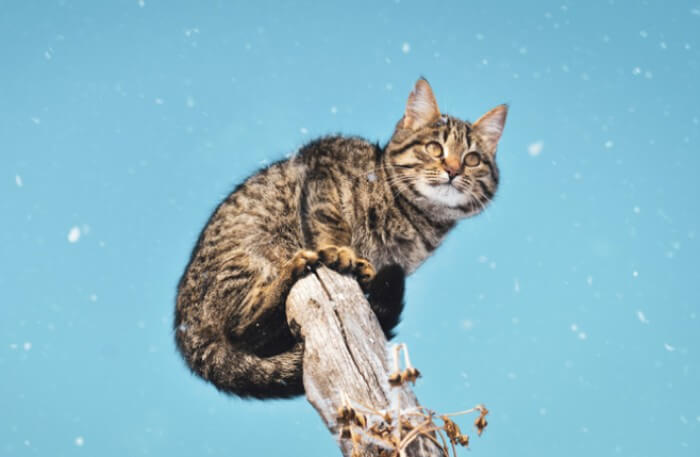
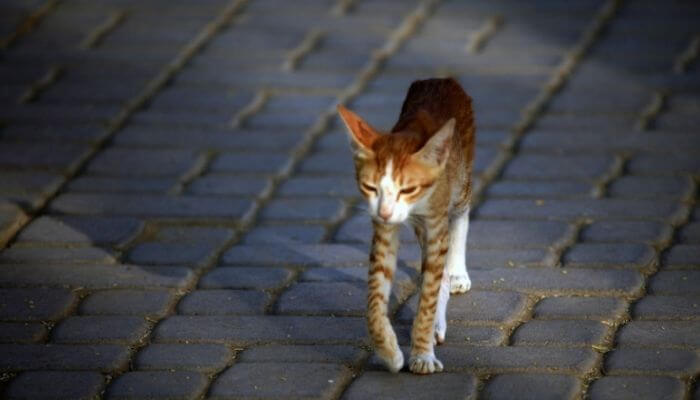
Leave a Comment